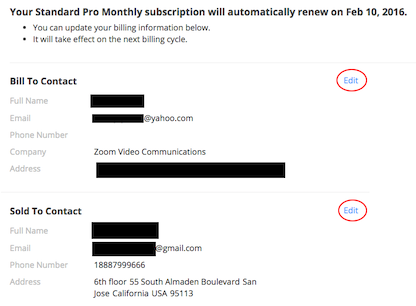


When enabled, users will have the opportunity to opt-out of automatic updates for their desktop client after the first install or first update where this feature is present. Want to learn more about automatic updates and what this means for your Zoom account? Here’s more information on this exciting new feature:ĭoes the new automatic update feature apply to me?įor most individual users, automatic updates will be enabled by default. This feature may already be enabled for some devices on enterprise Zoom accounts, where the administrator has existing auto-update settings enabled. Users who enable this feature will automatically receive updates to Zoom software in the future. When critical security updates are involved, updates will go to everyone. The ‘Fast’ option allows you to adopt the latest features and updates as soon as they become available. The ‘Slow’ option, selected by default, provides less frequent updates and focuses on maximizing stability. You may also express a preference for how frequently to receive updates.If you’re in a meeting, you will be prompted with the update immediately after it ends. Once a new version of Zoom is available and you’re not in a Zoom Meeting, you will be prompted to update.You will be prompted to enter admin credentials to give automatic updates permission to run, but it will only be required when enabling this setting.In Settings, under General, select the ‘Automatically keep my Zoom up to date’ checkbox to apply automatic updates.To help simplify the update process, you can turn on automatic updates right in the Zoom client. We are excited to announce we’re launching an automatic update feature designed to streamline this process and help make security second nature. Sometimes that update doesn’t get on everyone’s radar - many people get busy and forget to update their applications. When there are exciting new features or a software bug or vulnerability that needs resolution, we release updates to the Zoom client. Updates are essential in the technology industry.


 0 kommentar(er)
0 kommentar(er)
